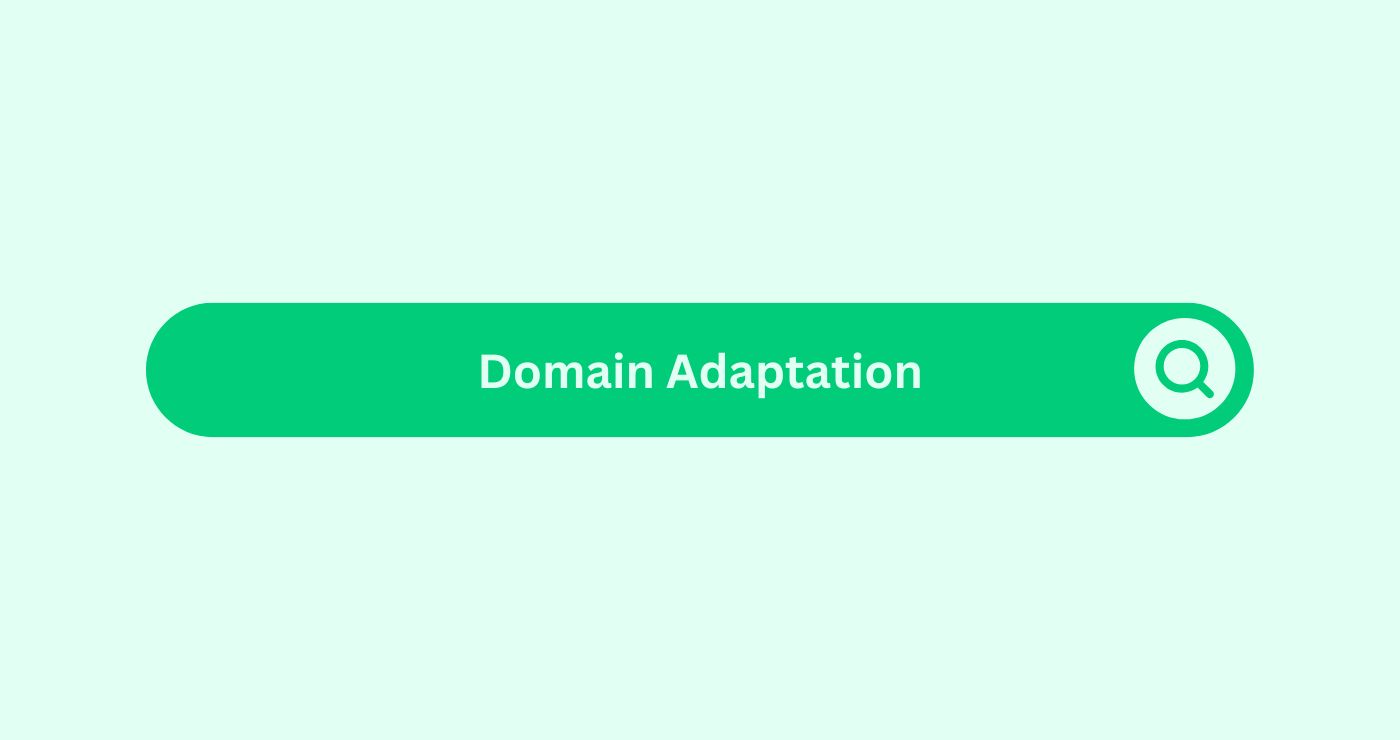Definition
Domain Adaptation in AI Terms in Content MarketingDefinition Content marketing strategically creates and share... refers to the technique of transferring an AI model trained in one context (or “domain”) to perform effectively in another—despite changes in language, audienceDefinition The term "Audience" refers to the group of indivi..., platform, or behaviour patterns. It allows marketers to reuse models without rebuilding from scratch every time the content or audienceDefinition The term "Audience" refers to the group of indivi... changes.
A performance marketing agency might train an AI model on eCommerce ad data and later adapt it to B2BDefinition B2B, short for Business-to-Business, refers to tr... lead-gen without full retraining. A SEO company may develop a blog topic classifier for US trafficDefinition In the context of SEO (Search Engine Optimisation... and use domain adaptation to make it work accurately for digital marketing Auckland clients without losing accuracy.
It saves time, reduces training costs, and makes content tools flexible across industries, languages, and platforms.
Example
Imagine a SEO company develops a keyword clusteringDefinition Keyword clustering involves the categorization of... AI model using data from North American campaigns. When the team applies it to New Zealand clients, search language, spelling, and user intent shift—making predictions less accurate.
By applying domain adaptation, the team uses a smaller set of digital marketing Auckland data to fine-tune the model. Now, it correctly groups terms like “property lawyer Auckland” and “real estate solicitor NZ,” understanding they serve similar intent. Accuracy climbs back to 92%—without building a model from scratch.
Domain adaptation empowers agencies to scale tools across borders, niches, and content formatsDefinition In the SEO space, "formats" refer to the various ... efficiently.
Formulas & MetricsWhat are Metrics in the context of SEO? Metrics in SEO refer...
Below are key ways to measure the effectiveness of domain adaptation in content AI models:
| Metric | Formula or Explanation | Example Output |
|---|---|---|
| Transfer Accuracy (%) | Accuracy on new domain / Accuracy on original × 100 | 85 / 92 × 100 = 92.3% |
| Fine-TuningDefinition Fine-Tuning, in the context of AI-powered content... Efficiency (%) | Time saved vs retraining from scratch | 15 hrs vs 60 hrs = 75% faster |
| Domain Discrepancy Score | Measures divergence between source and target domains | 0.18 (lower is better) |
| Cross-Domain F1 Score | Harmonic mean of precision/recall on target data | F1 = 0.87 |
| Adaptation Lag (hrs) | Time for model to stabilise performance on target domain | 4.5 hrs after fine-tuningDefinition Fine-Tuning, in the context of AI-powered content... |
These metricsWhat are Metrics in the context of SEO? Metrics in SEO refer... help performance marketing agencies and SEO teams confidently reuse models across various content environments.
5 Key Takeaways
- Domain adaptation enables AI tools to work across different content types, regions, and user behaviours.
- It reduces the need to retrain models entirely when switching from one marketing use-case to another.
- SEO companies use it to transfer keyword models between industries or geographic regions.
- Digital marketing Auckland teams benefit by adapting global models to local content nuances.
- It saves time, maintains accuracy, and makes AI assets far more scalable for content marketingDefinition Content marketing strategically creates and share....
FAQs
What is domain adaptation used for in marketing?
It helps transfer trained AI models from one type of content or market to another with minimal loss of accuracy.
How is it different from transfer learning?
Transfer learningDefinition Transfer Learning in AI Terms in Content Marketin... uses general knowledge; domain adaptation focuses specifically on adjusting models for new content conditions or audienceDefinition The term "Audience" refers to the group of indivi... behaviour.
Does it work with SEO models?
Yes. Keyword predictors, content classifiers, and user intent models all benefit from domain adaptation.
Can small data sets be used for adaptation?
Yes—only a small set of target data is needed to fine-tune a pre-trained model effectively.
Is it suitable for localising global content strategies?
Absolutely. It’s one of the best ways to adapt global campaigns for local markets like Auckland without loss in performance.




